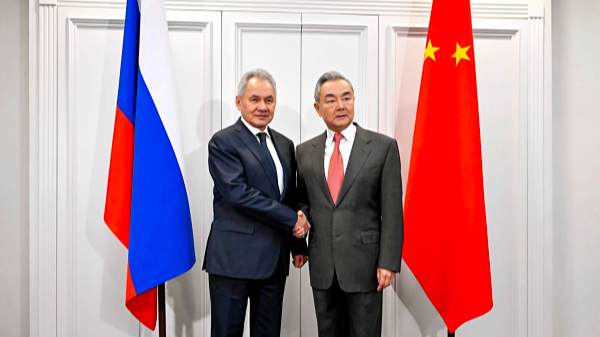Researchers at Lanzhou University have introduced a streamlined, robust modeling scheme designed to sharpen the way we simulate the global carbon cycle. By focusing on the precise assessment of gross primary productivity (GPP) in terrestrial ecosystems, this new approach promises clearer insights into how plants absorb CO₂ and drive Earth’s carbon balance.
Gross primary productivity accounts for the total carbon captured by photosynthesis each year—an essential metric for forecasting climate trends, planning sustainable land use, and guiding policy. Traditional models often juggle complex inputs and heavy calibration. The Lanzhou team’s innovation? A simplified framework that reduces uncertainty, cuts computational load, and remains resilient across diverse biomes—from tropical rainforests to arid grasslands.
Early tests reveal the model’s accuracy matches, and in some cases outperforms, existing tools—offering consistent GPP estimates even when field data is sparse. For digital-savvy environmentalists and data-driven decision makers, this means faster scenario testing, improved climate risk assessments, and more reliable guidance for carbon-credit markets.
As young entrepreneurs and changemakers push for climate-smart solutions, this breakthrough underscores the power of innovation in tackling global challenges. Next steps include integrating satellite observations and expanding the model to track seasonal shifts, giving travelers, scientists, and policymakers a real-time window into how ecosystems respond to warming temperatures and extreme weather.
With its blend of simplicity and precision, the new Lanzhou University scheme could become a cornerstone of next-generation climate forecasting—fueling more informed action and helping global citizens unite around sustainable solutions.
Reference(s):
Scientists propose new model to sustain global carbon cycle simulation
cgtn.com




